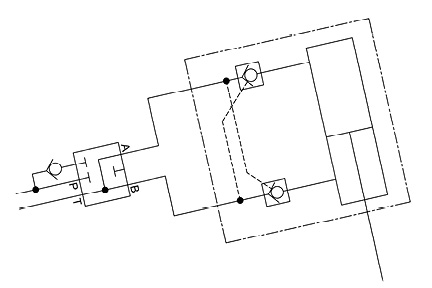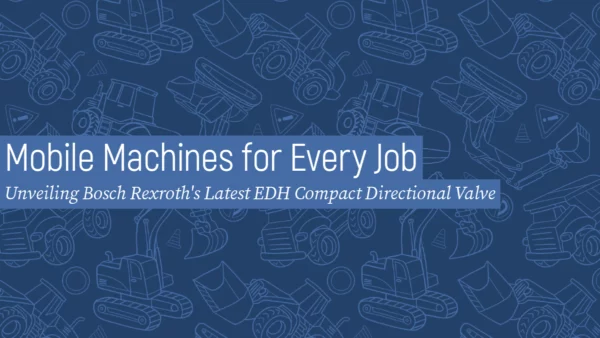Out Riggers Locked-up on Digger Derrick Truck
 A power and light company’s Digger Derrick crew was assigned to drill several holes for power poles in an industrial complex. They arrived around 9 a.m. on a cloudy, misty, and rainy 40°F day. They set up and drilled their first two holes without having to move the truck. They then decided to break for lunch before moving on to drill the third hole since the cloud cover and misty rain gave way to a warm sun.
A power and light company’s Digger Derrick crew was assigned to drill several holes for power poles in an industrial complex. They arrived around 9 a.m. on a cloudy, misty, and rainy 40°F day. They set up and drilled their first two holes without having to move the truck. They then decided to break for lunch before moving on to drill the third hole since the cloud cover and misty rain gave way to a warm sun.
They folded the unit up to move to the next hole location and could not get any of the outriggers to retract. All the other functions worked well, but all four outriggers seemed to be locked up.
The crew called back to the maintenance department and explained the problem. The mechanic on duty told them to move the digger boom so it would extend perpendicular to a side releaving the load on the opposite side outriggers. Then he told them to see if the two outriggers opposite the boom would retract. This technique would work about 70% of the time. Operator crews should run outriggers out far enough to stabilize the rig but avoid bottoming them out. When the outriggers are bottomed out, many times they see a pressure spike caused by the pressure-compensated pump’s slow response time, and the pilot-to-open load-holding check valves can have up to twice the system pressure trapped between the cylinder and PO check. The pilot-to-open ratio is too low to open the check with normal system pressure.

The crew was not successful at retracting the outriggers, and when the mechanic arrived, he thanked the crew for getting him out of the garage on what turned out to be a sunny 90°F day.
Without breaking a cylinder line or jacking the truck up, he performed his magic and had the truck outriggers fully retracted in less than 30 minutes.
Any idea what he did to solve the problem?
See the Solution
By Robert Sheaf, CFPAI/AJPP, CFPE, CFPS, CFPECS, CFPMT, CFPMIP, CFPMMH, CFPMIH, CFPMM, CFC Industrial Training





The oil in the bottomed out cylinder expanded with the temperature change and heat input from the sunshine. A 50°F of ambient air and the radiant heat from the sun will heat the oil, causing it to expand.
When the captured oil is trying to expand, the pressure rises even more adding to over pressure from the slow responding pressure compensated pump.
If the mechanic shaded or cooled the cylinders, the pressure decrease would allow the PO checks to open again using the load transfer from the boom position.
The expanding oil and pressure increase can also occur in top door cylinders on the roof of a refuse truck.
Shading or cooling the cylinders would be the safest way to do things. If increase in temperature causes pressure to rise, it’ll work the other way.
My first thought would be, increase the pressure slightly to overcome the check. Never even thought of doing the cooling method till I read Bob’s comment.
Also with the 10 degree(celsius) temperature change, you get about 118 bar(1711 psi) in pressure increase.
Delta P = 11.8 x Delta T